How to Reduce Your Expenses
Reducing your expenses is something we all want to do – but it can be a daunting task! I look over my budget almost every month and continually wonder where I can cut dollars from our already tight budget. We all have mortgages to pay, food to buy and utility bills to pay. Then, there are often medical expenses, insurance payments, clothing purchases and other miscellaneous household expenses. The sheer number of bills can be overwhelming!
It’s nice to save a little bit here and there, but saving substantially is the goal. Cutting $1 off your payments is fine, but cutting $10 off one bill every month is much better. If you could do that with several of your bills, just think how the savings would add up! Those are the savings I want.
This post may contain affiliate links. As an Amazon Associate, I earn from qualifying purchases. You can read more in my disclosure policy.
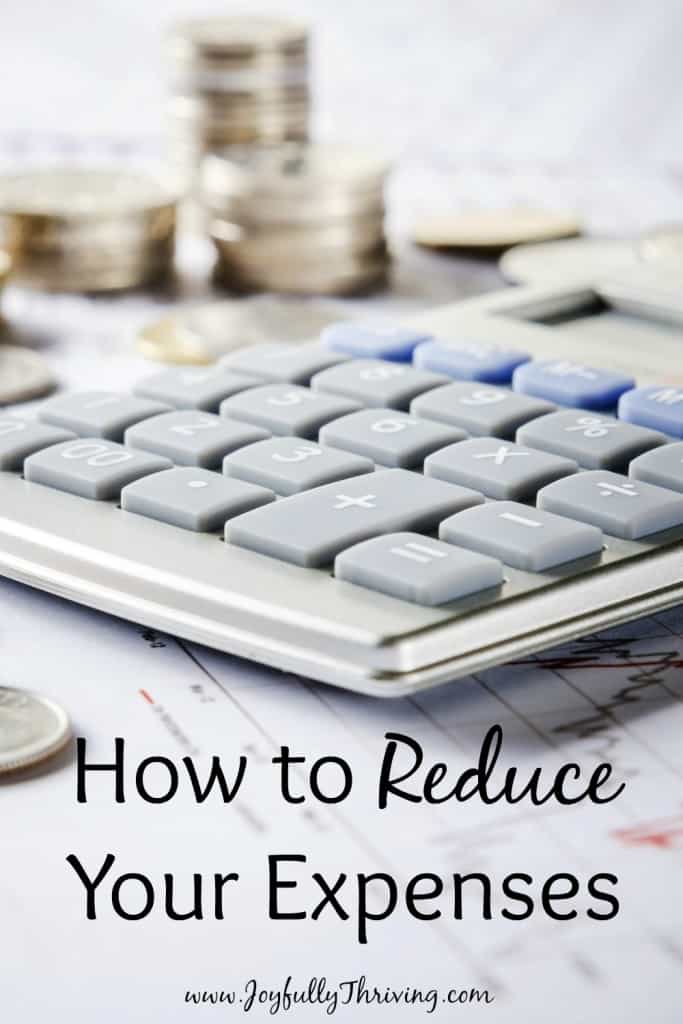
A couple years ago (before our son was born), my husband and I refinanced our home. We already had a low interest rate, but were able to cut off another percent, lowering our monthly payments almost $100. This came at the perfect time as I was getting ready to stay home. That $100 monthly savings was a huge deal, especially since our income was going to be cut in half.
Yet for as frugal as I, I have put off the task of reducing my household expenses further- simply because I didn’t know where to begin. I have always known that I could reduce my utilities but I didn’t know exactly how to go about doing it. I don’t have an excuse any longer, thanks to Kalyn Brooke’s new book, 31 Days to Radically Reduce Your Expenses.
Kalyn is the blogger at Creative Savings Blog – one of my favorite frugal blogs. I have learned so much from her blog that I had high hopes for her book. I was not disappointed!
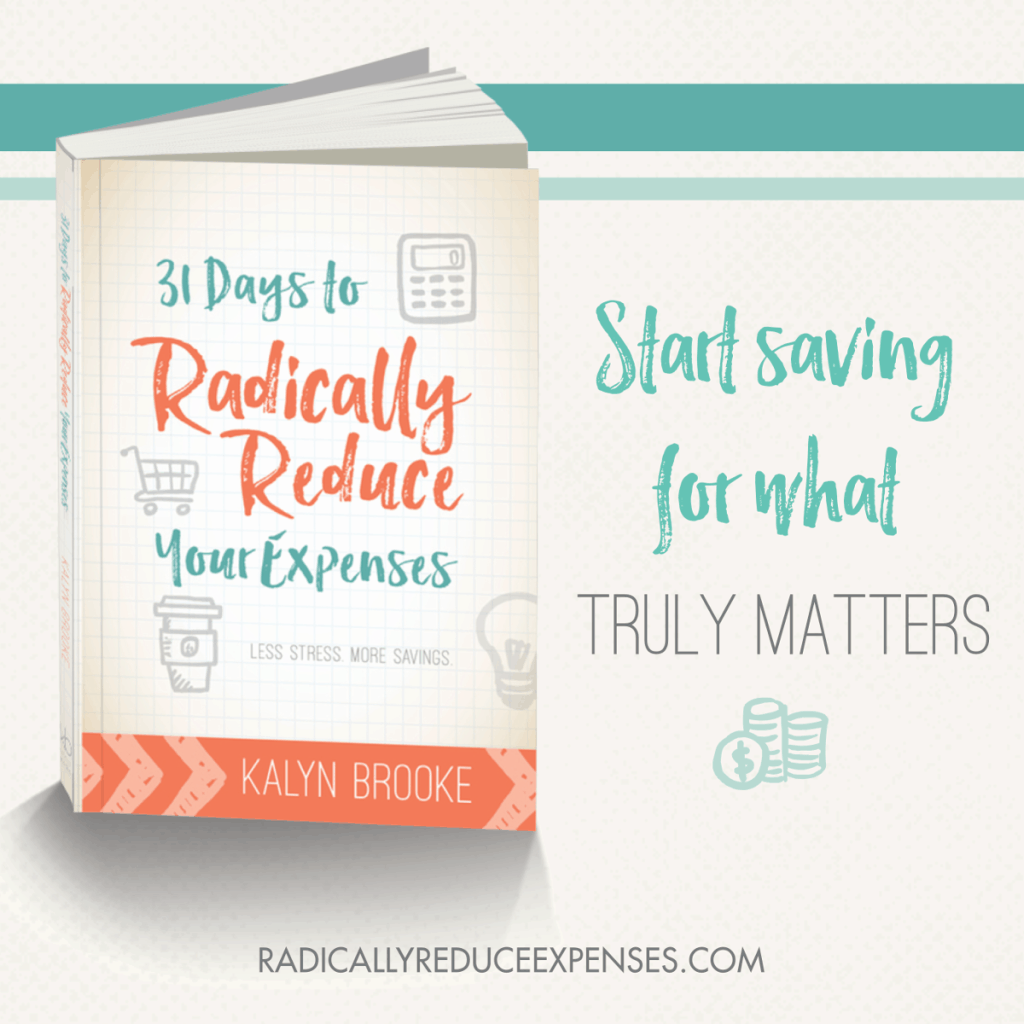
31 Days to Radically Reduce Your Expenses is a step-by-step guide to dramatically reducing your expenses. The premise of the book is simple. Each day, tackle one area of your budget to reduce your expenses. Kalyn focuses on reducing expenses in eight different main areas.
- Housing Expenses
- Car Expenses
- Food Expenses
- Utility Expenses
- Medical Expenses
- Personal Care Expenses
- Gifting Expenses
- Miscellaneous Expenses
Under each of these main areas, Kalyn provides clear and specific ways to save. For example, the personal care section includes chapters on hair, make-up, toiletries and clothing. In each chapter, there are multiple ideas of different ways to save. At the end of each chapter, Kalyn provides 2 or 3 simple action steps that you can use for immediate action. It is a logical approach that makes this an incredible useful book.
Another thing I loved about this book was how it was written. This book is written like you are sitting down for a chat with a frugal girlfriend. You can read this book in order or jump to the sections that interest you most. I highly recommend reading the whole book because you are sure to find new ideas in each section. Trust me, we live quite frugally but I learned several new things in this book!
I have read dozens of frugal books (these are some of the best ones) and 31 Days to Radically Reduce Your Expenses is one of my new favorites. It is easy to read and highly practical. Not only will it help you now, but you can revisit the book next year – and the following – to trim your expenses again. This book is a financial reference guide that everyone should have on their bookshelves.
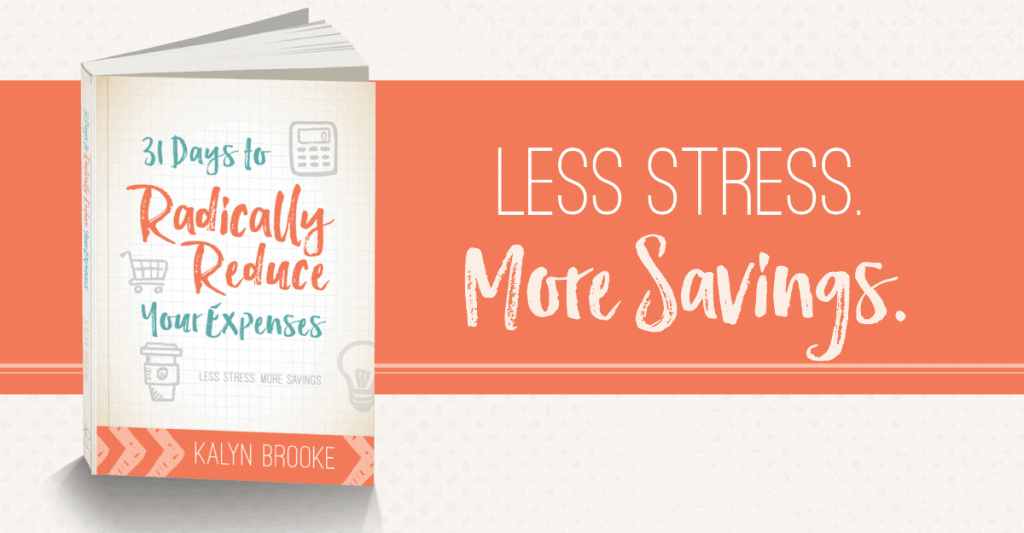

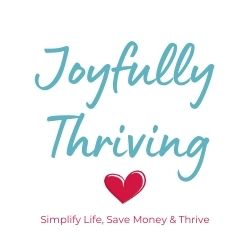


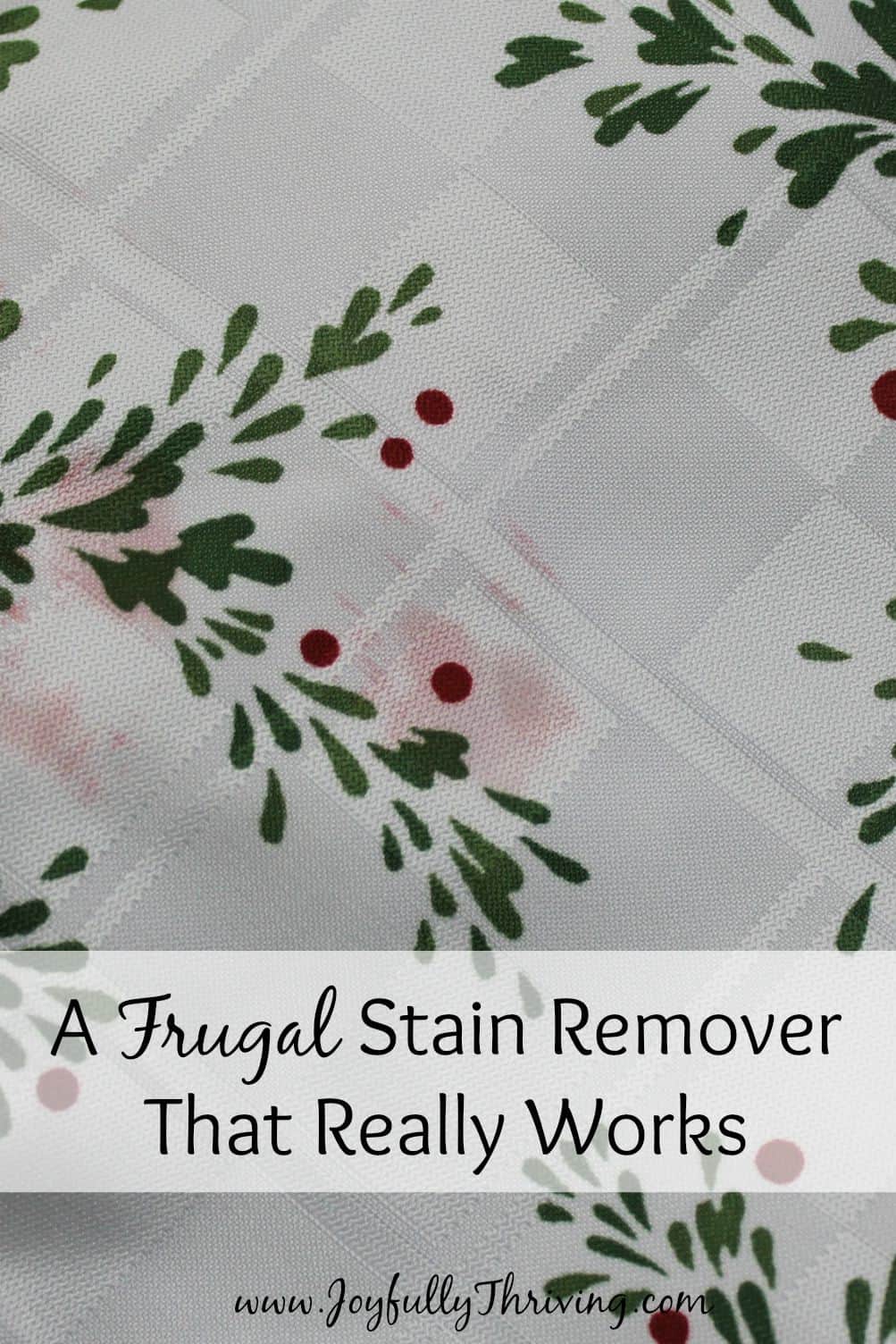


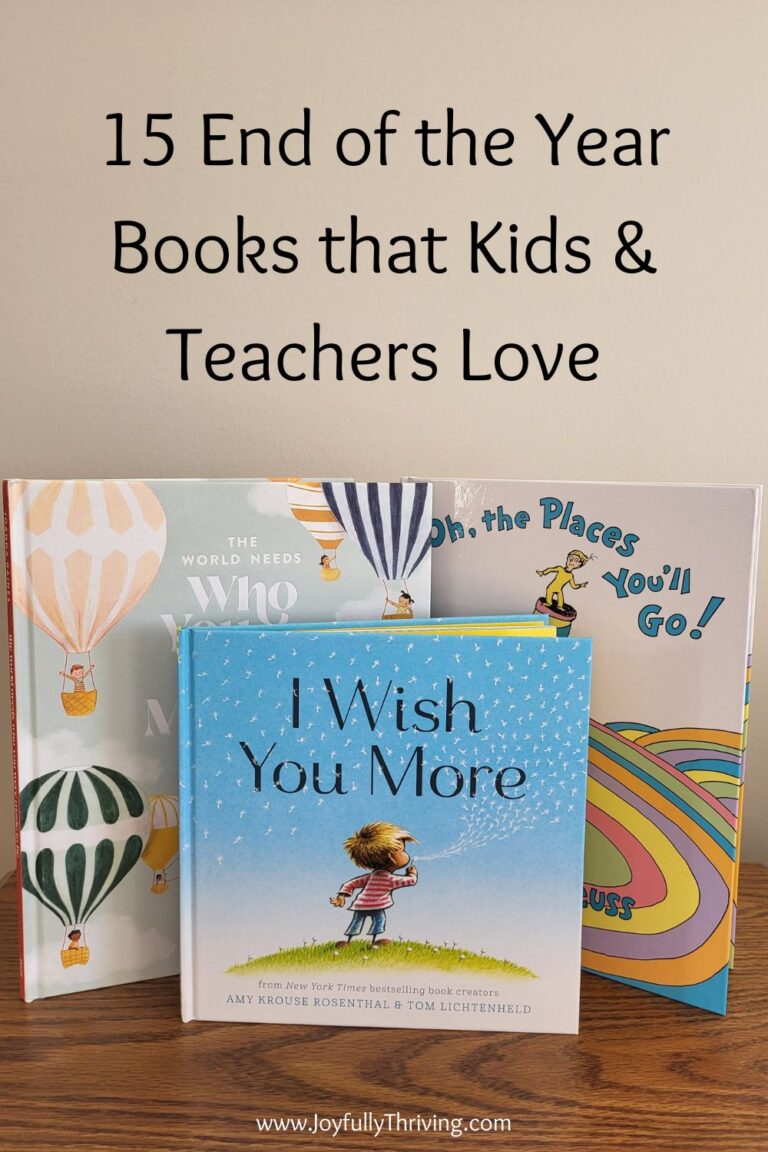
Thank you so much for the shoutout, Kristen! I am so blessed to have met you through blogging. You have so many great tips to share, and I’m honored that you loved 31 Days enough to recommend it to your readers!
I agree—reducing expenses is a very daunting task, and not one we normally like to think about. I’m so inspired that you were able to shave off $100 per month for refinancing. I think if more of us worked to free up $100 in our budget somewhere, we would see a huge difference in our finances longterm.
Likewise, I feel blessed to have “met” you, Kalyn! Your tips are are ones that everyone should read because reducing our expenses means we don’t have to earn as much – when we’re living with less. And what a blessing that can be! I look forward to sharing it with my readers for years to come. Oh, and it’s on my list of 23 frugal books that everyone should read, too! 🙂
I like creating a pareto chart and analyzing what the top spending categories are. I highly suggest this to folks I council on money matters. Often, we find that folks are spending money in areas that are not very important to them in terms of priority. This can help to easily illustrate where savings should come from. It helps people to realize they can cut out in areas they don’t care about and potentially even increase what they spend in areas that really matter to them.
That’s a great point! There are often areas of our budgets that we don’t really care about. I love this idea to move things around. Thanks for stopping by and sharing this tip!